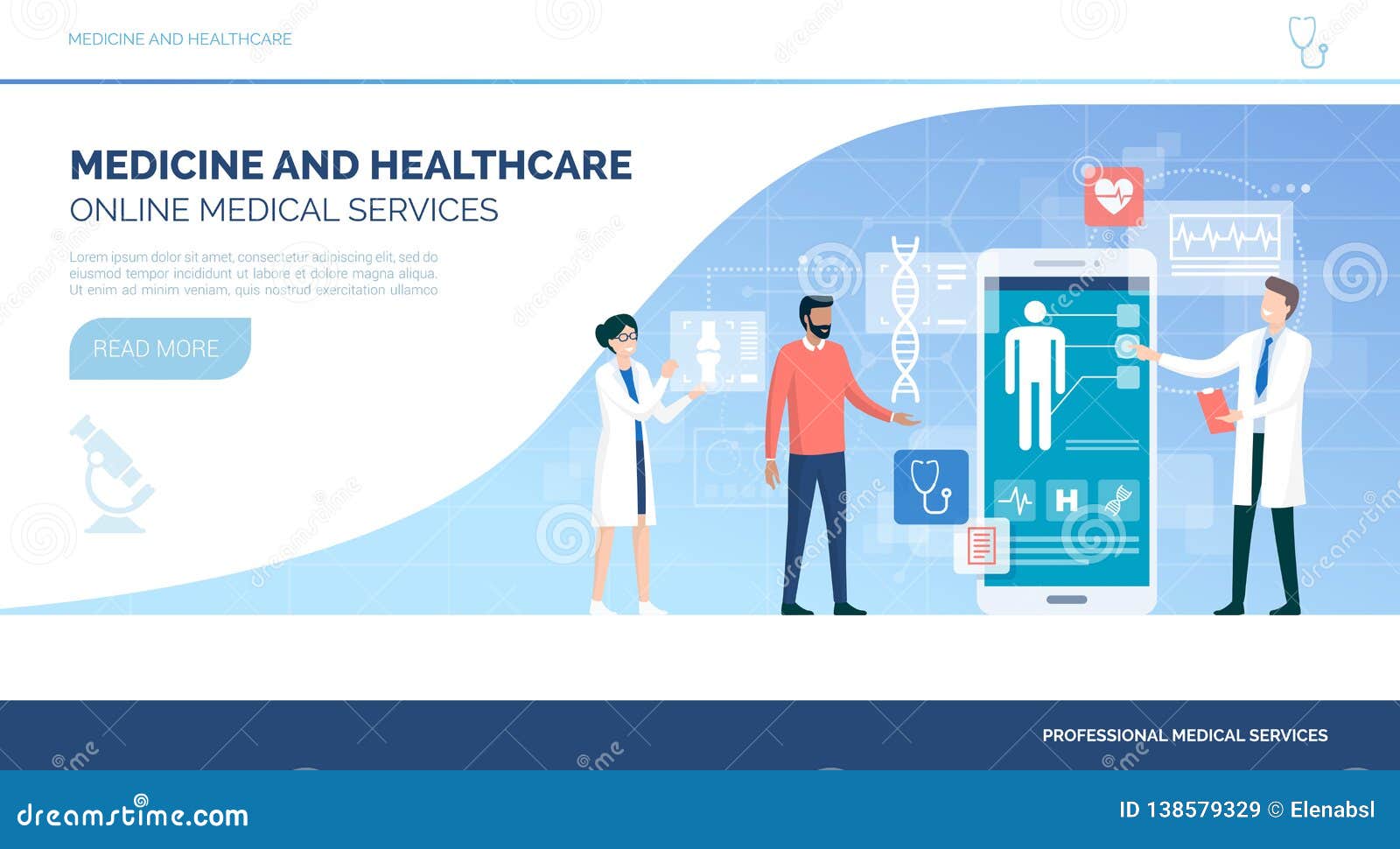Subscription Based Healthcare: Transforming the Means We Consider Health
Subscription Based Healthcare: Transforming the Means We Consider Health
Blog Article
The Increase of Subscription-Based Health Care and Its Influence On Individual Treatment
As healthcare advances, the subscription-based design is gaining traction, guaranteeing to change client treatment by offering predictability and access. These versions, which bypass standard insurance coverage, could redefine the patient-doctor dynamic, highlighting precautionary and customized treatment. As with any type of advancement, they offer difficulties, particularly concerning fair access for all socioeconomic teams. The possibility for these designs to improve medical care distribution elevates pressing concerns concerning their long-lasting sustainability and inclusivity. Are these subscription solutions the future of healthcare, or do they run the risk of leaving prone populations behind? The intricacies of this shift warrant a better assessment.
Understanding Membership Health Care Designs
Comprehending the concept of subscription healthcare designs includes checking out a transformative strategy to clinical services that highlights cost and access. These versions, usually described as straight medical care (DPC) or attendant medication, have actually emerged as ingenious choices to traditional fee-for-service healthcare systems. Registration healthcare enables clients to pay a fixed monthly or yearly charge for a defined collection of medical solutions, which may consist of unrestricted workplace visits, routine examinations, and fundamental lab tests, without the requirement for standard insurance payment.
The structure of registration medical care models is designed to streamline client care by eliminating third-party payers and complex billing codes, therefore reducing administrative burdens. Health care suppliers can focus much more on client treatment, fostering stronger patient-provider relationships. This version likewise promotes preventative treatment by motivating routine visits, as the monetary obstacle of per-visit fees is removed.
The membership model commonly encourages health care companies to take care of smaller sized individual panels, enabling for more personalized treatment. It lines up financial motivations with patient wellness outcomes, as service providers are motivated to keep individual fulfillment and well-being. In general, comprehending subscription healthcare designs requires acknowledging their prospective to improve exactly how care is delivered and accessed.
Benefits for People and Companies

With a constant profits stream, healthcare experts can devote more time to each client, leading to an extra customized and complete care experience. The emphasis on preventive care within membership plans can lead to far better patient end results and minimized long-term health care prices.
Problems and obstacles
While subscription-based medical care versions present various benefits, they additionally include a collection of challenges and issues that need to be resolved. Initially, accessibility continues to be a substantial issue, as these models frequently target individuals who can afford month-to-month fees, potentially excluding low-income populaces. This increases honest questions website link about fair access to health care services. Furthermore, the different nature of subscription plans can cause confusion among people relating to coverage specifics, potentially leading to unmet assumptions or poor treatment.
Financial sustainability of subscription-based designs is one more concern. Service providers must stabilize the fixed earnings from memberships with the variable prices of health care solutions, which might rise and fall as a result of unanticipated medical requirements. This can produce pressure to restrict services or rise costs, possibly influencing person contentment and care top quality.
Furthermore, governing oversight of subscription-based health care designs is still evolving. Resolving these obstacles is crucial for the successful and fair application of subscription-based healthcare.
Effect On Patient-Doctor Relationships
One considerable influence of subscription-based health care versions on patient-doctor connections is the capacity for improved continuity and personalized care. By embracing a membership model, physicians can take care of a smaller client panel, permitting even more devoted time with each person. This raised schedule promotes a deeper understanding of a client's case history, way of life, and preferences, enabling much more customized treatment strategies and interventions.
Nevertheless, it is very important to recognize that while subscription-based versions might benefit those that can manage them, they go now could unintentionally broaden healthcare disparities. Individuals that are not able to participate in these designs could experience decreased accessibility to individualized care, possibly influencing their relationships with health care suppliers. Thus, while the registration model provides promising advantages for patient-doctor partnerships, it likewise poses challenges that require to be addressed to make sure fair healthcare accessibility.
Future of Health Care Gain Access To

The duty of innovation can not be ignored in this transformation. Telemedicine platforms and digital health records help with seamless interaction between clients and health care companies, breaking down geographical and logistical obstacles. Furthermore, advancements in fabricated intelligence and information analytics can further customize clinical treatment by predicting person needs and maximizing therapy strategies.
Nonetheless, the future of medical care access also presents obstacles, such as ensuring equity across various socio-economic teams. Policymakers and healthcare service providers need to team up to link the digital divide, making sure that subscription-based models continue to be inclusive and economical. As these systems grow, they hold the assurance of making healthcare more available, reliable, and patient-centric.
Verdict
Subscription-based healthcare versions are reshaping client treatment by supplying a secure price structure and boosting availability. The surge of subscription-based health care motivates aggressive person involvement, which has the prospective to boost individual outcomes and contentment, indicating a transformative change in health care shipment.
As healthcare advances, the subscription-based design is obtaining grip, promising to transform individual care by offering predictability and ease of access.Subscription-based healthcare models have a peek here supply distinctive benefits for both clients and service providers, boosting the total medical care experience.As medical care systems evolve, the future of medical care accessibility regularly hinges on the integration of cutting-edge models and innovations.Subscription-based health care models are reshaping patient treatment by offering a secure expense framework and enhancing accessibility. The increase of subscription-based medical care encourages proactive client engagement, which has the possible to boost person results and fulfillment, indicating a transformative change in medical care distribution.
Report this page